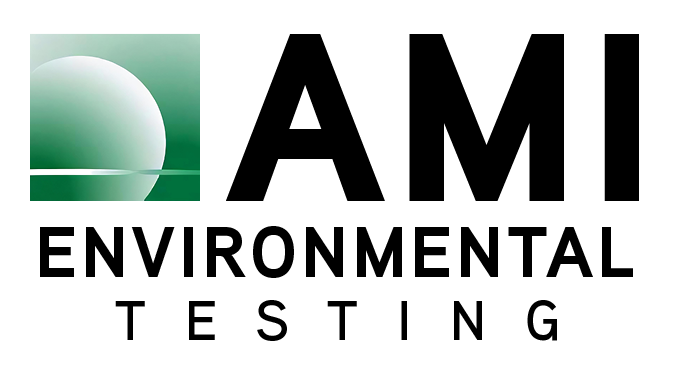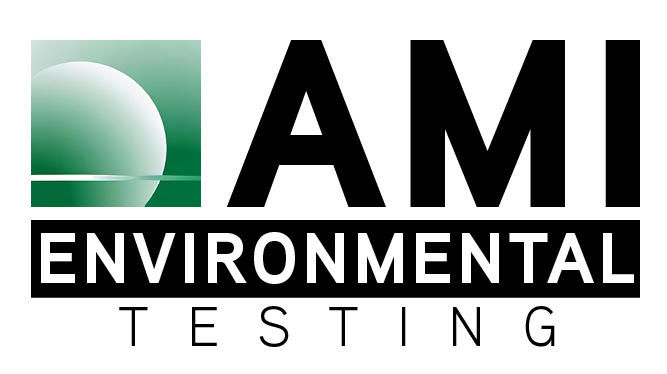Noise-induced hearing loss is the most common occupational hazard for American workers, and yet many of us are not very concerned about the effect noise can have on our hearing. We assume that we will only lose our hearing if we are exposed to extremely loud noises over a long period of time. And we think that we’ll notice hearing loss before any real damage has been done. To the contrary, even exposure to everyday sounds like traffic, a hair dryer, or a power lawn mower poses a threat to our hearing. Oftentimes we don’t even realize that our hearing has been impacted until it’s too late.
So, how does this affect you?
As an employer or manager, it is your responsibility to ensure that workers are protected from occupational hearing loss. Occupational hearing loss is defined as any hearing impairment of one or both ears, either partial or complete, that results from a person’s employment. OSHA is a stickler about monitoring occupational noise because it is such a prevalent occupational hazard.
It is also important to note that even though most states do not have compensation laws for hearing loss at the workplace, compensation is commonly being awarded to people who have suffered occupational hearing loss. You can protect your business from regulatory and financial consequences by implementing a Hearing Conservation Program.
What exactly is a Hearing Conservation Program?
An effective HCP prevents your employees from experiencing occupational hearing loss and should include five key elements: noise monitoring, hearing protection, audiometric testing, employee training and record keeping of employees’ hearing.
According to the Walsh-Healey standard that was adopted by OSHA in 1971, all employees who are exposed to 90 dBA of noise (like truck traffic or a hair dryer) for eight or more consecutive hours must be included in a HCP. However, hearing starts to be affected at 85 dBA (about the level of city traffic from inside a car), so all employees exposed to noise at this level should also be included in a HCP.
What are key keys to an effective HCP?
Employers must monitor employee’s noise-exposure levels with a method that can accurately identify employees who are going to be exposed to 85 dBA for eight hours or more. This can be accomplished with audiometric testing. Audiograms should also be used to test employees’ hearing acuity. Once an employee’s hearing has been tested, a checkup is needed to complete the audiogram evaluation. Employees’ hearing should continue to be monitored with annual check-ups and regular mapping.
To enforce an effective HCP program, management should educate employees on the importance of hearing protection, provide occupational noise training and hearing-protection devices (HPDs) and enforce the use of HPDs.
Why is mapping hearing important?
Mapping and medical surveillance is crucial in a hearing-testing program because it detects hearing loss and provides valid records for compensation claims. It also helps identify noise-susceptible workers who are at the greatest risk for hearing loss and are consequently the employees most likely to file compensation claims. During the initial examination period, the employee should provide a history of his previous employment history and illnesses and injuries suffered from the jobsite, including noise-related injuries.



